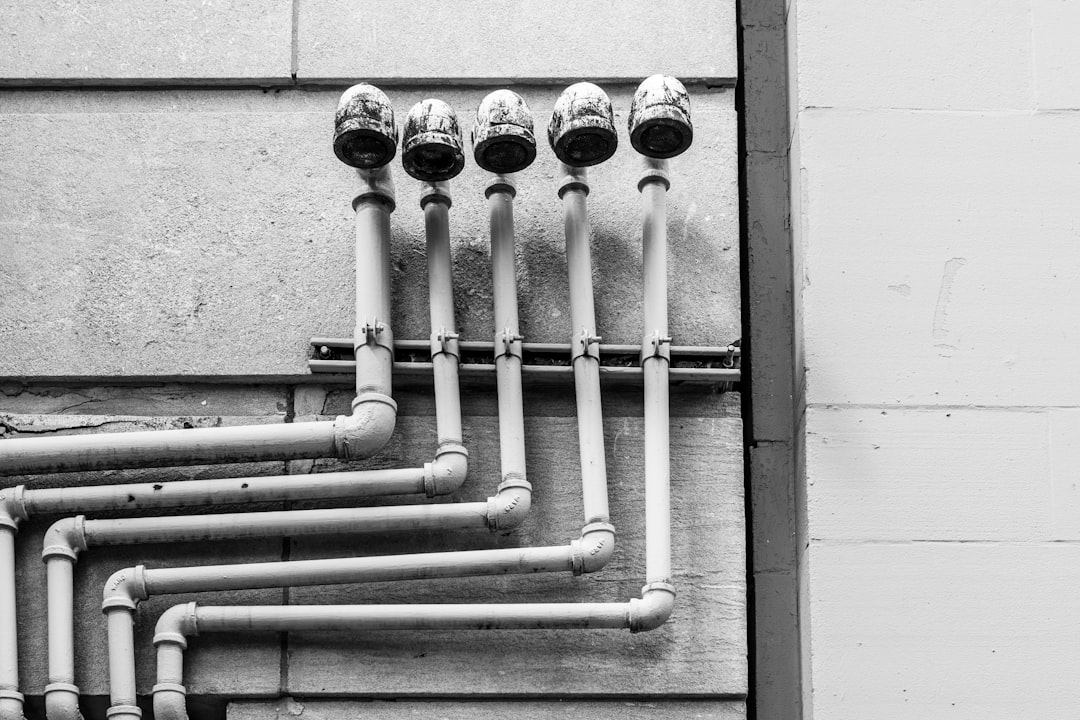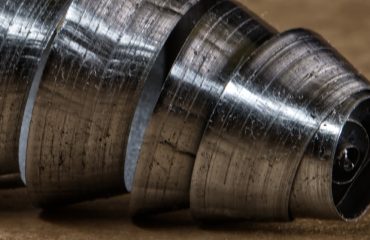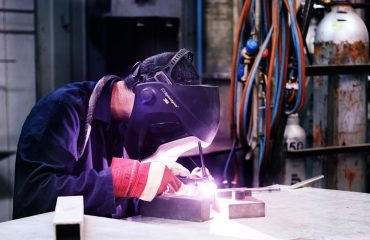The integrity of pipe products is paramount across various industries, from oil and gas to water distribution and construction. A single point of failure in a pipeline can have catastrophic consequences, highlighting the critical role of robust quality control systems. This post delves into the multifaceted world of pipe product quality control, exploring the various stages and methods employed to ensure consistent, high-quality products.
1. Raw Material Inspection: The Foundation of Quality
The journey to a high-quality pipe begins long before the manufacturing process. Rigorous inspection of raw materials, including steel coils or billets, is the cornerstone of effective quality control. This involves several crucial steps:
- Chemical Composition Analysis: Spectrometric analysis verifies the precise chemical composition of the steel, ensuring it meets the specified grades and standards (e.g., ASTM A53, API 5L). Deviations from these standards can significantly impact the pipe’s strength, corrosion resistance, and overall performance.
- Mechanical Property Testing: Tensile testing, yield strength determination, and elongation tests assess the steel’s ability to withstand stress and strain. These tests ensure the raw material possesses the necessary mechanical properties for the intended application.
- Dimensional Verification: Precise measurements of the raw material’s dimensions (thickness, width, etc.) are crucial for efficient manufacturing and to prevent defects arising from inconsistencies in the starting material.
- Visual Inspection: A thorough visual inspection helps identify surface defects like cracks, laminations, or other imperfections that could compromise the final product’s integrity.
2. In-Process Quality Control: Monitoring Manufacturing Processes
Maintaining quality control isn’t just about inspecting the raw materials; it requires constant monitoring throughout the manufacturing process. This involves:
- Dimensional Checks During Forming: Regular checks during pipe forming (e.g., rolling, forging, welding) ensure the pipe maintains the specified dimensions, wall thickness, and ovality. Deviations are immediately addressed to prevent the creation of defective pipes.
- Weld Inspection: For welded pipes, stringent quality control measures are vital. This includes visual inspection of welds, radiographic testing (RT), ultrasonic testing (UT), and other non-destructive testing (NDT) methods to detect internal flaws like porosity or lack of fusion.
- Heat Treatment Monitoring: Heat treatment is crucial for achieving the desired mechanical properties in the pipe. Precise temperature control and monitoring during this process are essential to ensure the pipe’s strength and durability.
- Real-time Data Acquisition: Modern manufacturing facilities utilize sophisticated sensors and data acquisition systems to monitor various parameters throughout the process, providing real-time feedback and enabling prompt corrective actions.
3. Non-Destructive Testing (NDT): Unveiling Hidden Flaws
NDT plays a pivotal role in ensuring the integrity of finished pipes without causing damage. Several techniques are commonly employed:
- Ultrasonic Testing (UT): UT uses high-frequency sound waves to detect internal flaws like cracks, inclusions, and voids. It’s particularly effective for detecting flaws in thick-walled pipes.
- Radiographic Testing (RT): RT utilizes X-rays or gamma rays to create images of the pipe’s internal structure, revealing internal defects. It’s highly effective for detecting weld defects and other discontinuities.
- Magnetic Particle Testing (MT): MT is used to detect surface and near-surface flaws in ferromagnetic materials. It involves magnetizing the pipe and applying magnetic particles, which accumulate at the flaw locations.
- Eddy Current Testing (ECT): ECT uses electromagnetic induction to detect surface and subsurface flaws. It’s particularly useful for detecting cracks and corrosion in pipes.
4. Hydrostatic Testing: Proving Pressure Resistance
Hydrostatic testing is a crucial final step to verify the pipe’s ability to withstand the intended operating pressure. This involves filling the pipe with water under pressure and monitoring for leaks or other signs of failure. The pressure applied during the test typically exceeds the pipe’s maximum operating pressure to ensure a significant safety margin.
The results of hydrostatic testing provide critical data on the pipe’s structural integrity and burst pressure, ensuring it can safely handle the intended working conditions.
5. Documentation and Traceability: Maintaining a Comprehensive Record
Maintaining meticulous records throughout the entire process is crucial for traceability and accountability. Comprehensive documentation includes:
- Raw Material Certificates: Certificates of analysis for raw materials, confirming their chemical composition and mechanical properties.
- Manufacturing Process Records: Detailed logs of all manufacturing steps, including parameters like temperature, pressure, and processing times.
- NDT Reports: Comprehensive reports detailing the results of all non-destructive testing procedures, including images and interpretations.
- Hydrostatic Test Results: Detailed records of hydrostatic testing results, including pressure levels, duration, and any observed anomalies.
- Quality Control Certifications: Certificates demonstrating compliance with relevant industry standards and regulations (e.g., ISO 9001).
This comprehensive documentation allows for effective tracking of each pipe from raw material to finished product, facilitating investigations in case of any issues and maintaining a high level of quality assurance.
Implementing robust pipe product quality control systems is not merely a matter of compliance; it’s a commitment to safety, reliability, and long-term success. By meticulously addressing each stage of the process, manufacturers can ensure the delivery of high-quality pipes that meet the stringent demands of diverse applications.
SEO Tags:
pipe quality control, pipe inspection methods, non-destructive testing, pipeline integrity management, ASTM pipe standards




